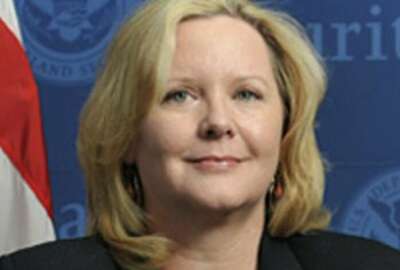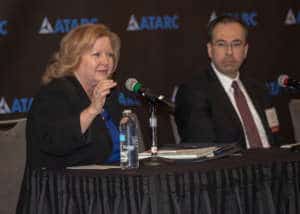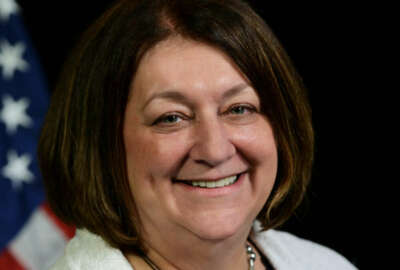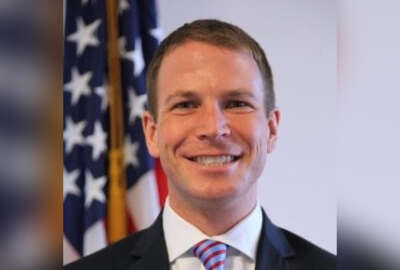
Exclusive
Federal deputy CIO Graves to move on to private sector
Margie Graves, who has been the federal deputy CIO since 2016, plans to return to the private sector in 2020 after spending 18 years in federal services.
Margie Graves, the federal deputy chief information officer, is leaving on Dec. 31.
Federal News Network has confirmed Graves decided to move on after more than 18 years in government, including the last three-plus at the Office of Management and Budget.
It’s unclear who will replace Graves, even on an interim basis.
“It’s been fabulous here and it’s the natural next cycle for me to move on,” Graves said in an interview with Federal News Network. “I have been thinking about this since earlier this year and I knew I wanted to cycle out to the private sector. But I wanted to make sure we were at a great place with the delivery of our agenda. This is a natural inflection point now that the major policy revisions are done.”

Graves said the last piece to the puzzle is the data strategy and that should be out by Dec. 31.
She said she isn’t sure what will come next, but does plan to take some time off and consider her options. She said it has been a difficult year or so balancing family demands with OMB’s demanding schedule so it was time to step away.
“I’m passionate about specific things like data, IT modernization and cybersecurity, and having experiences in those areas, I’ll be able to bring my knowledge and expertise in those areas to the private sector,” Graves said.
Over the last four years, Graves said she is proud of several accomplishments, including playing a major role in the development and implementation of the Modernizing Government Technology (MGT) Act.
She also said her work with Nancy Potok, the OMB chief statistician who also is retiring at the end of December, to develop the federal data strategy is another high point.
“I’m proud of the Cloud Smart strategy and our efforts to get obstacles out of the way so agencies can be successful,” Graves said. “I feel a sense of completion and accomplishment over the last 18 months. Agencies are set up for success.”
Joshua Moses, the former chief of cybersecurity at OMB, praised Graves for her role over the last three-plus years.
“Margie is an absolute rock in the Federal IT foundation, serving as a point of stability and consistent direction for CIO organizations across the government. She built bridges between government and industry that ensured we Feds had access to forward leaning IT and cyber approaches, and those connections made my team’s job easier every single day,” Moses said in an email to Federal News Network. “I remember thinking when Margie began her term at OMB that she was going to be a change agent for federal IT. It is safe to say that was the case with all that she, the OFCIO team, and the government have accomplished to modernize IT and IT policies these past three years.”
Graves is at least the third senior level employee to leave the Federal CIO’s office in the past few months. Matt Cornelius, a senior technology and cybersecurity advisor at OMB, became the executive director of the Alliance for Digital Innovation in December. Nick Andersen, the federal cybersecurity lead and senior cybersecurity advisor, left in November to join the Energy Department as its deputy assistant secretary for infrastructure security and resiliency.
Graves also served as acting federal CIO during the first year of the Trump administration before the President named Suzette Kent.
Before coming to OMB as the federal deputy CIO in March 2016, Graves spent 14 years with the Homeland Security Department, including seven as the deputy CIO.
She also worked in the management consulting sector for more than two decades. She has experience in the areas of systems engineering, business process reengineering, strategic planning, financial management, mergers and acquisitions and venture capital planning and worked with Technology Applications, Inc., Advanced Technology, Inc., and Planning and Research Corporation as well as 10 years with A.T. Kearney, Inc. where he worked with clients in the chemical, utility and medical services industries.
Copyright © 2024 Federal News Network. All rights reserved. This website is not intended for users located within the European Economic Area.
Jason Miller is executive editor of Federal News Network and directs news coverage on the people, policy and programs of the federal government.
Follow @jmillerWFED






